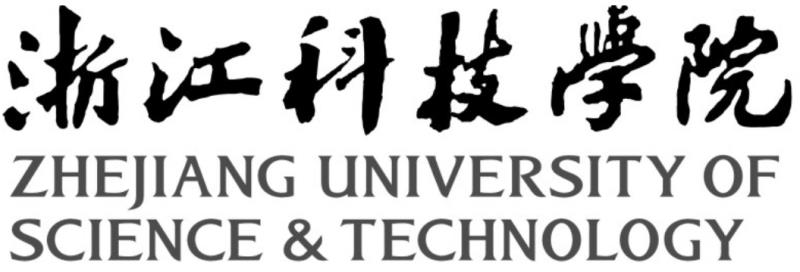a

Workshop on Security issues in Cyber-Physical System(SecCPS)
In conjunction with IEEE HASE
January 3-5, 2019 - China
| Important Dates:
Submission Deadline: Acceptance Notification: Camera-ready due: Workshop Date: Conference Date: Workshop Co-Chairs:
Publicity Co-Chairs:
Organizaing Co-Chairs:
|
Cyber Physical Systems (CPS), are embedded systems composed of computing elements as
well as physical processes. In the past, CPS were proprietary and not connected to the cyber
space. With the advent of networked control systems to enable better operations and
monitoring of the physical processes, these systems are increasingly becoming part of
cyberspace. Connection to the cyber space enables effective management of public
infrastructures such as public transportation, smart grid and water treatment facilities.
However, these advantages come with new security challenges.
Attacks on CPS may lead to performance degradation to complete shutdown, or even
equipment damage depending on the knowledge, goals and resources of the attacker. Most
work in area of CPS security focuses on the cyber part and attempts to ensure secure
exchange of information across controllers, sensors, and actuators. The nature of security
threats and attacks in a CPS, is different from those found in pure cyberspace. Threat models
have evolved significantly and the fact that any successful attack could be fatal as it’s more
than a computer being hacked and disturbs the physical process may result in dangerous
scenarios. It is not only about the consequences of attacks but the fact that besides cyber
attacks, attacks on physical devices are also possible. Hence understanding the physical part,
and how it could be compromised, is essential to ensure CPS security. An adversary may add,
remove or replace some physical components which may result in severe consequences. Thus
focus ought to be on both physical and cyber domains.
SecCPS 2019 seeks novel submissions describing practical and theoretical solutions to
securing CPS. Submissions may represent any application area for CPS. Hence, papers that
are pertinent to the security of embedded systems, Internet of Things, SCADA Systems, Water
Systems, Smart-Grid Systems, Critical Infrastructure Networks, Transportation Systems,
Medical Devices are welcome. Example topics of interest are given below, but are not limited to:
|
Submission Instructions: Submitted papers must represent original material that is not currently under review in any other conference or journal, and has not been previously published. Submissions must be submitted through EasyChair. All submissions must be written in English with a maximum paper length of 6 (six) pages (including text, figures, and references) and formatted according to the two column IEEE conference format. Accepted papers will be published in the IEEE Digital Library after the conference and included in the IEEE HASE proceedings. Papers should be submitted using easy chair.
Program Committee Members
|
|
© IEEE 2018 | IEEE PRIVACY POLICY




